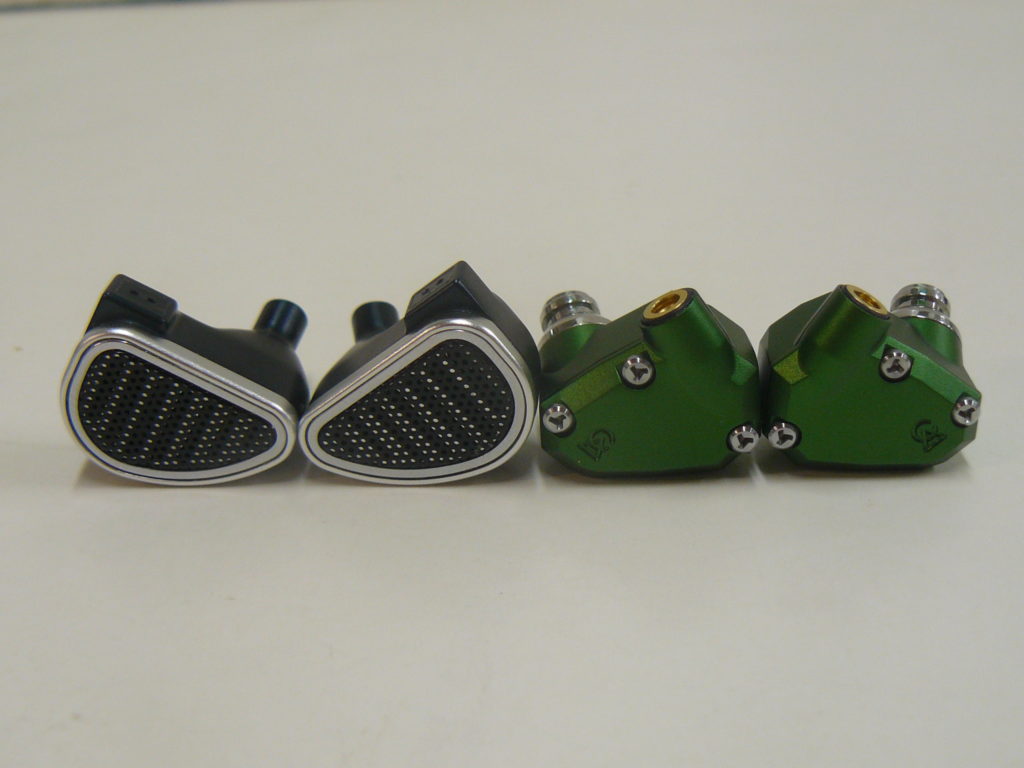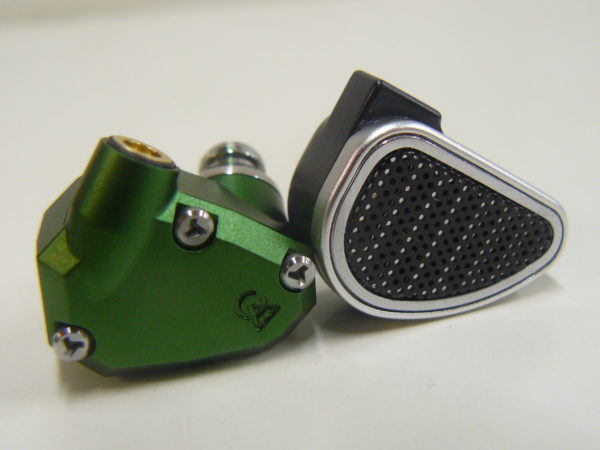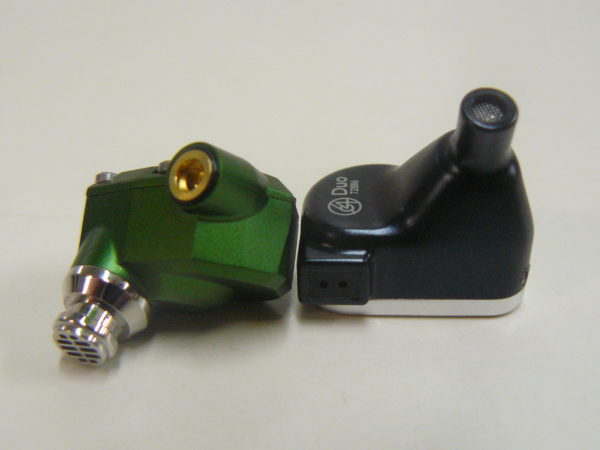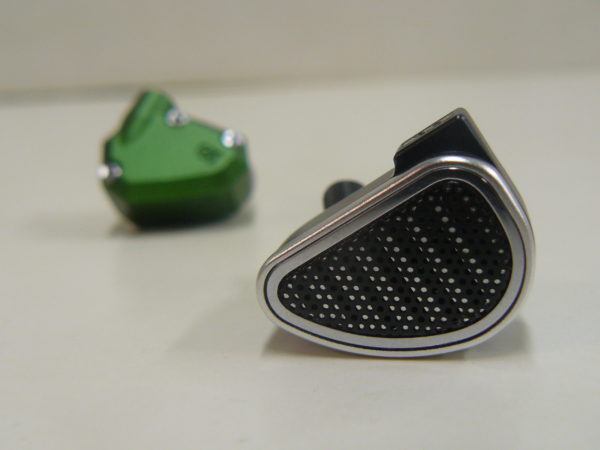This year has been huge for IEMs. We’ve had releases from most of the top brands, with each new product bringing something valuable to the table. 64 Audio and Campfire Audio have both had a variety of releases this year, with one of the most recent efforts being the Duo. While Campfire has had some new releases like the Mammoth and Honeydew, the Andromeda still remains one of its most popular models. So, how does an IEM like the Duo stack up to it?
What You Get
| Campfire Audio Andromeda 2020 | 64 Audio Duo |
|
|
Look and Feel
These IEMs have fantastic builds, and still differ from each other significantly. The Andromeda is just a solid earpiece with its aluminum housing, stainless steel spout and berryllium connectors. It’s angular design fits well in your ear cavity, with a great selection of ear tips that help with comfortability. The Duo is completley different in its construction, taking on an open air design with a stylish aesthetic florish. Comfort is also easily attainable with the Duo, also containing a good variety of tips with a thinner spout.
Design
The inner chambers of these earphones are designed in a way that makes sure to reproduce the clearest signal possible. For Campfire and the Andromeda, it’s its tunes acoustic expansion chamber, which delivers extended high frequencies and superior clarity. The Duo uses its Apex and Tia technology, supporting a 9mm dynamic driver, and a single balanced armature. Wave sync then brings the crossover to the drivers, providing a more controlled output.
Soundstage
With both of these models, you get an expansive soundstage that even rivals that of some headphones, but with the Duo’s open vents it’s hard to compare. With layering, separation, and overall spatial imaging, the Duo is leaps and bounds over the Andromeda by a considerable amount. The Andromeda has a great soundstage in its own right, with good control and fullness, but the Duo uses its stereo field to greater effect. For example, the Duo has the ability to envelop a more outer headspace, almost like an oval that surrounds you with instrumentals appearing left and right as well as back to front. This is where the Duo’s incredible layering comes into play, showcasing a greater reach than the Andromeda’s more constricted and concentrated response. With some genres like hard rock, metal, and electronic, the Andromeda definitely soars, but the Duo’s complexity is better suited for jazz, classical, and more experimental music.
Low End
Both IEMs possess a fantastic bass response that differs in many different ways. The Andromeda is better at giving the listener a rounded bass with rich details and a wide area to operate. It’s the more forward response of the two, producing great power and satisfying punch. The Duo isn’t as quick, but the resonance of the bass frequencies is a lot deeper. While the lows here are more smooth, the sub-bass makes a more considerable appearance, emanating with effective vibrations that you feel more than you hear. Their timbre is much cleaner, but still provides a nice punchy tone for those looking for that type of response.
Mids
The Andromeda has slightly more emphasized low-mids compared to the Duo, and it gives the sound signature a warmer timbre. The rest of the midranges never falters in clarity, and still maintains that consistent richness and energy within the frequency response. I don’t think the Duo is as solid as the Andromeda, but it provides a lot more space for clearer, more vibrant details. The texture on vocals is crisp and gives the timbre some great fidelity in the upper mids. Musicality is spacious and more articulate than the Andromeda, but it’s missing that richness that the Andromeda is known for.
Highs
In the treble region, the Andromeda’s are still more dominant with their coloration and definition. Some of the Duo’s highs have a similar texture, but more often verge into brightness, which can be less satisfying for certain listeners. It has more sibilant qualities that have their place in some sound elements and can accentuate certain musical qualities. However, sometimes they can create this sheen of resonance that can be distracting at times. In comparison, the Andromeda performs much smoother and showcases sparkly details that easily react to dynamic range.
Summary
The 64 Audio Duo and Campfire Andromeda both showcase some of the best qualites of their respective brand, with unique craftsmanship and high-resolution sound quality. For some the rich timbre of the Andromeda is unmatched, while the impecible soundstage and spatial imaging of the Duo will win over others. Personally, I’m a sucker for a good soundstage, and with the extension of the sub-bass, the Duo was the pick for me. Both IEMs, no matter which sound signature you perfer, are some of the best you can get in their price range.
The Campfire Audio Andromeda and 64 Audio Duo are available at Audio46.




